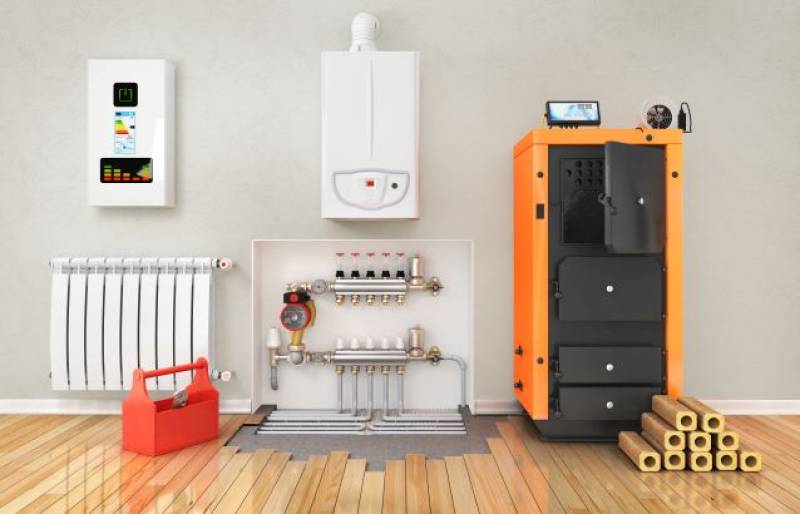- Region
- Águilas
- Alhama de Murcia
- Jumilla
- Lorca
- Los Alcázares
- Mazarrón
- San Javier
-
ALL AREAS & TOWNS
- AREAS
- SOUTH WEST
- MAR MENOR
- MURCIA CITY & CENTRAL
- NORTH & NORTH WEST
- TOWNS
- Abanilla
- Abarán
- Aguilas
- Alamillo
- Alcantarilla
- Aledo
- Alhama de Murcia
- Archena
- Balsicas
- Blanca
- Bolnuevo
- Bullas
- Cañadas del Romero
- Cabo de Palos
- Calasparra
- Camping Bolnuevo
- Campo De Ricote
- Camposol
- Canada De La Lena
- Caravaca de la Cruz
- Cartagena
- Cehegin
- Ceuti
- Cieza
- Condado de Alhama
- Corvera
- Costa Cálida
- Cuevas De Almanzora
- Cuevas de Reyllo
- El Carmoli
- El Mojon
- El Molino (Puerto Lumbreras)
- El Pareton / Cantareros
- El Raso
- El Valle Golf Resort
- Fortuna
- Fuente Alamo
- Hacienda del Alamo Golf Resort
- Hacienda Riquelme Golf Resort
- Isla Plana
- Islas Menores & Mar de Cristal
- Jumilla
- La Azohia
- La Charca
- La Manga Club
- La Manga del Mar Menor
- La Pinilla
- La Puebla
- La Torre
- La Torre Golf Resort
- La Unión
- Las Palas
- Las Ramblas
- Las Ramblas Golf
- Las Torres de Cotillas
- Leiva
- Librilla
- Lo Pagan
- Lo Santiago
- Lorca
- Lorquí
- Los Alcázares
- Los Balcones
- Los Belones
- Los Canovas
- Los Nietos
- Los Perez (Tallante)
- Los Urrutias
- Los Ventorrillos
- Mar De Cristal
- Mar Menor
- Mar Menor Golf Resort
- Mazarrón
- Mazarrón Country Club
- Molina de Segura
- Moratalla
- Mula
- Murcia City
- Murcia Property
- Pareton
- Peraleja Golf Resort
- Perin
- Pilar de la Horadada
- Pinar de Campoverde
- Pinoso
- Playa Honda
- Playa Honda / Playa Paraíso
- Pliego
- Portmán
- Pozo Estrecho
- Puerto de Mazarrón
- Puerto Lumbreras
- Puntas De Calnegre
- Region of Murcia
- Ricote
- Roda Golf Resort
- Roldan
- Roldan and Lo Ferro
- San Javier
- San Pedro del Pinatar
- Santiago de la Ribera
- Sierra Espuña
- Sucina
- Tallante
- Terrazas de la Torre Golf Resort
- Torre Pacheco
- Totana
- What's On Weekly Bulletin
- Yecla


- EDITIONS:
 Spanish News Today
Spanish News Today
 Alicante Today
Alicante Today
 Andalucia Today
Andalucia Today
article_detail
Heating options in Spain: Do you really need heating in a Spanish home?
Are you prepared for the cold weather? Find out the 7 most popular ways of heating your home in Spain, and the advantages and disadvantages of each one...

Many people move to Southern Spain and are under the illusion that Spain is hot for the entire year, which is an absolute fallacy. Inland areas, especially in mountainous regions, can suffer from minus zero temperatures from the end of November right up until the end of the skiing season, which could be towards the end of April. If you add to this a wind chill factor which can be up to minus 15 degrees, you will be left in no doubt that you will need some sort of heating in your Spanish home.
Traditionally, log fires and wood burners have been favoured above most of other forms of heating but nothing, other than a full central heating system, will give you unlimited heating and hot water on demand. So what are the different ways to heat a home in Spain?
7 common heating options for Spanish properties
There are many options to heating your home. Not everyone has the budget for a full-blown central heating system, and some properties are simply not suitable, so what are the options? These are the 7 most popular ones...
1. Oil-fired Central Heating
This effectively will give you what you are used to from your own country – unlimited heating and hot water; and temperatures and times set by a digital time clock allowing multiple settings to maximise efficiency. As you need to fill an oil tank prior to use, it is also “pay as you go”, which in the midst of the current energy crisis is very comforting.
2. Gas-fired Central Heating
There are some areas where there is mains gas or piped butane gas available. Gas boilers are much cheaper than their oil fired equivalent, but bottled gas is not the easiest of options, as it is necessary to change bottles quite frequently. It is, however a great option for a small apartment or villa with no space for an oil tank. As butane is mainly available via a canister, it is also a good “pay as you go” option.
3. Log Burners
It is hard to argue that nothing looks quite as cosy as a real fire, but just how efficient is a log burner? It will heat the room that it is situated in, perfectly. It will not, however, heat any other rooms in the property, and does nothing to assist with a hot water supply. A log burner is also messy to clean, and if you are out all day you could be coming home to a very cold house. That said, for heating a smaller property, a log burner is an ideal solution.
4. Pellet Burners or Pellet Stove
A Pellet stove is a stove that burns compressed wood or biomass pellets to create a source of heat for residential spaces. Whilst these units can be more efficient than a standard log burner, the fan makes a low mechanical noise, and are not thought to be as visually appealing as a fire in a “real” fire place.
They are also more expensive to maintain than firewood for a log burner but some models are aesthetically pleasing and come in some interesting shapes and sizes. One advantage of a pellet stove is that you do not need a chimney only a sealed pipe for the exhaust.
5. Hot and Cold Air Conditioning
It is rare for an air conditioning unit to be supplied here in Spain without both heating and cooling options. The new units are very eco-friendly and run on the new R32 gas. Whilst the cost of electricity is particularly high in Spain, the modern units are still fairly efficient and a good option for a smaller property. Most units come with a humidifier option, as well as a “sleep mode” option which ensures the units are very quiet. For a property that has no space for an oil tank or a gas flue, hot and cold air conditioning can be an excellent option. Again, though, this is not a solution for hot water which needs to be taken into account.
6. Solar power
Installing solar panels for hot water is a great solution and works all year round. You will, however need to heat the water further with a boiler or an immersion heater, especially in the colder months and when there is no sun. In the summer it should provide 90% of your hot water requirements, dropping down to around 25% in the winter. The initial investment is also a high cost and not all homes are suitable for solar panels. Solar technology is improving every year but it is still not sufficient to run central heating during the winter.
7. Electric radiators/panels
There are many makes and models of electric heaters available on the market which are often used as an additional heat source. Electric panel radiators will take off the “chill” but are not considered a replacement for a real radiator that will heat an entire room. It is also possible to buy an oil-filled, free-standing electric radiator with adjustable settings. These are very useful in a small property where the area is not “open plan”.
These are the most common options that property owners buying a home in Spain use to heat their houses.







